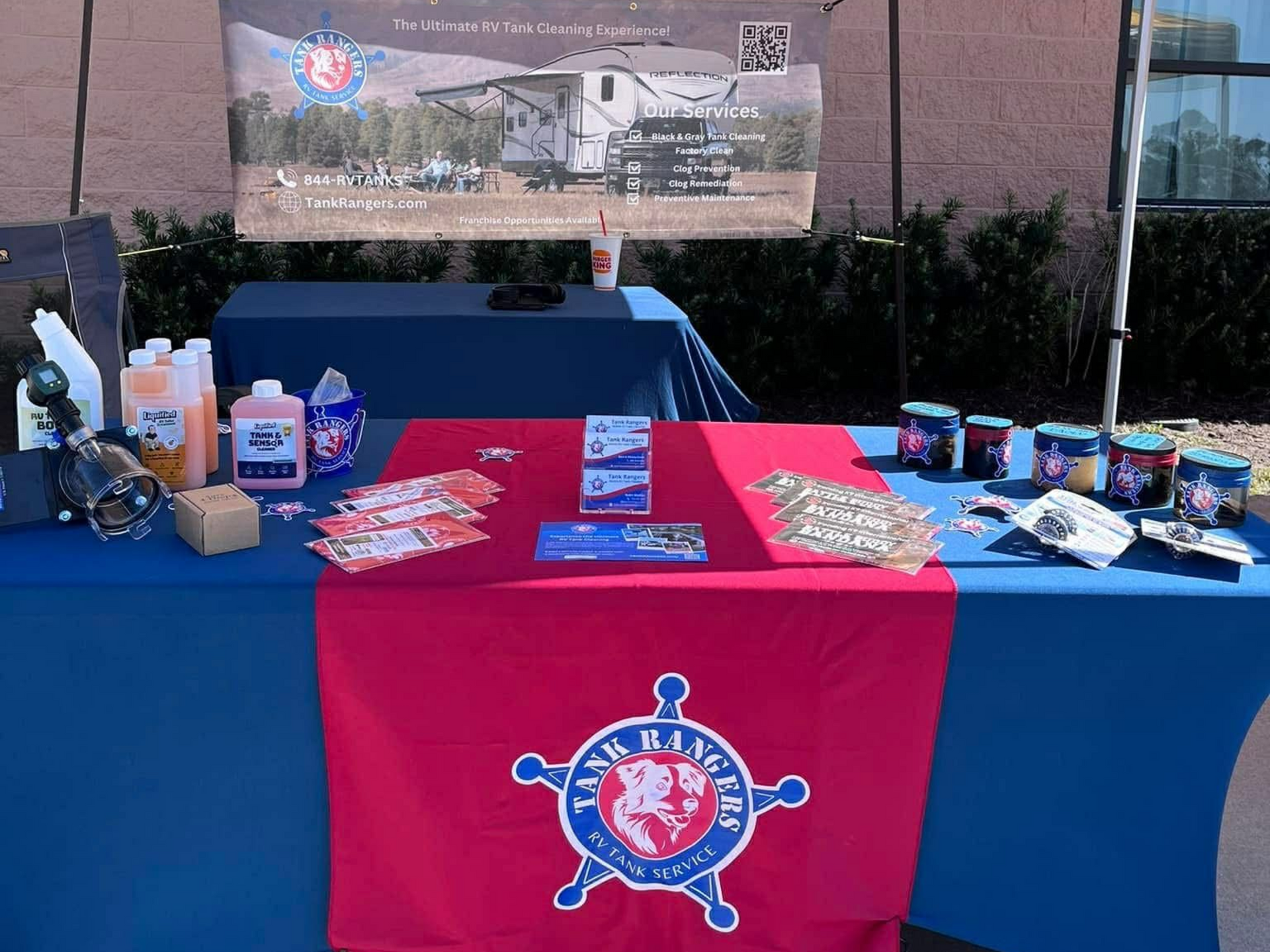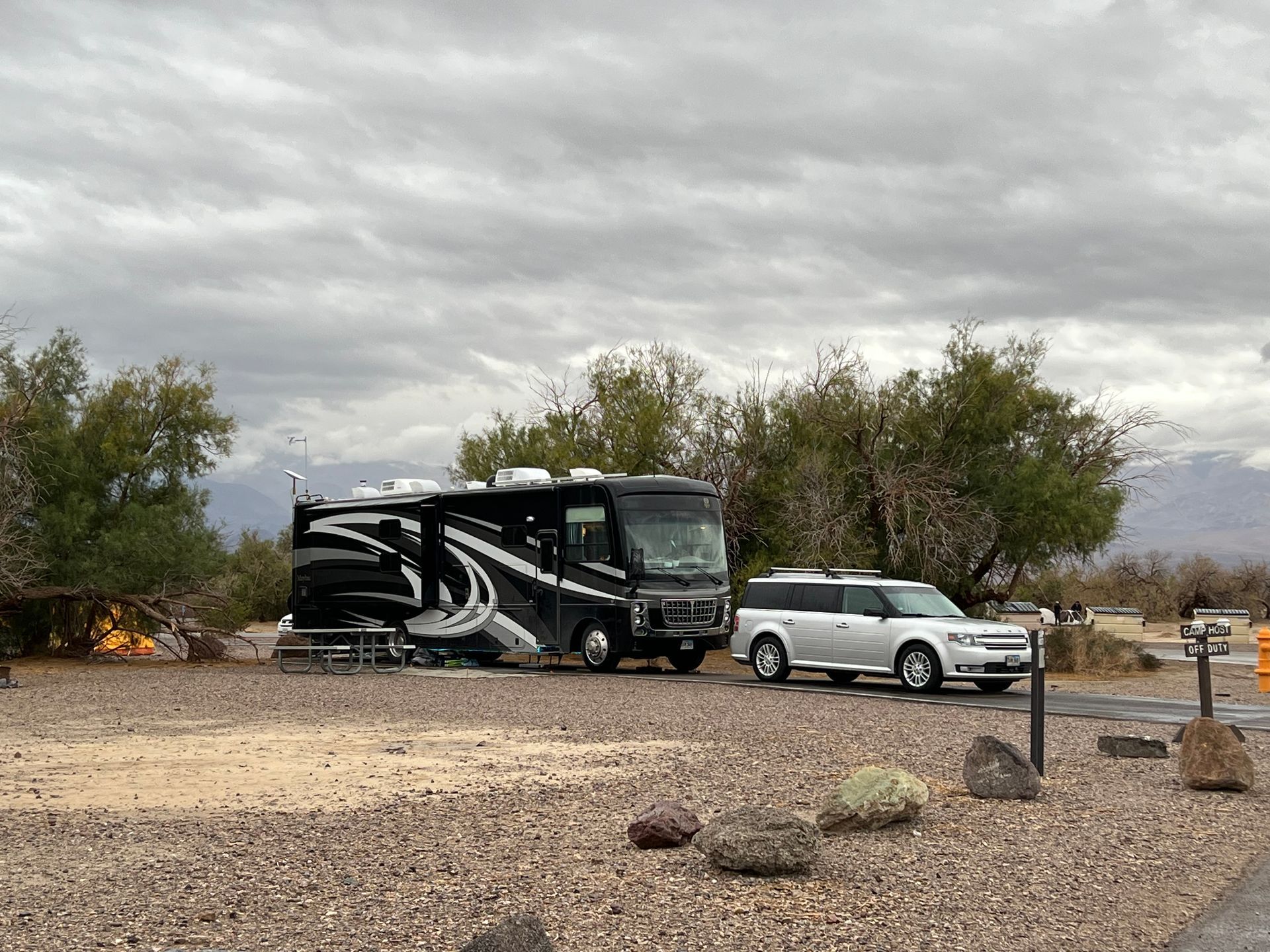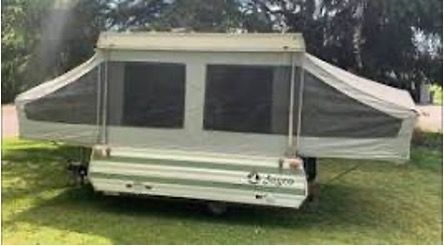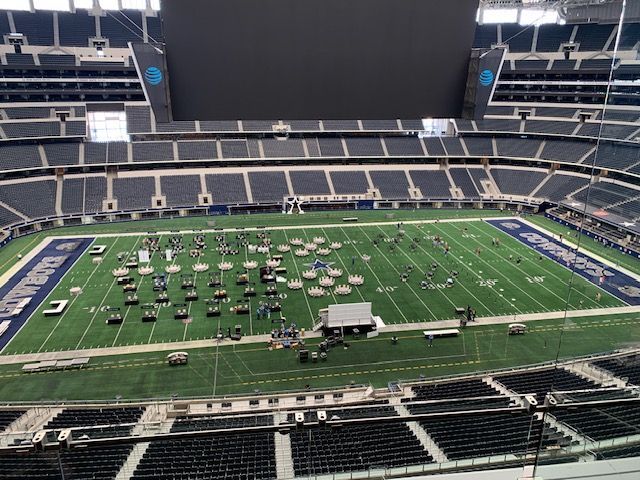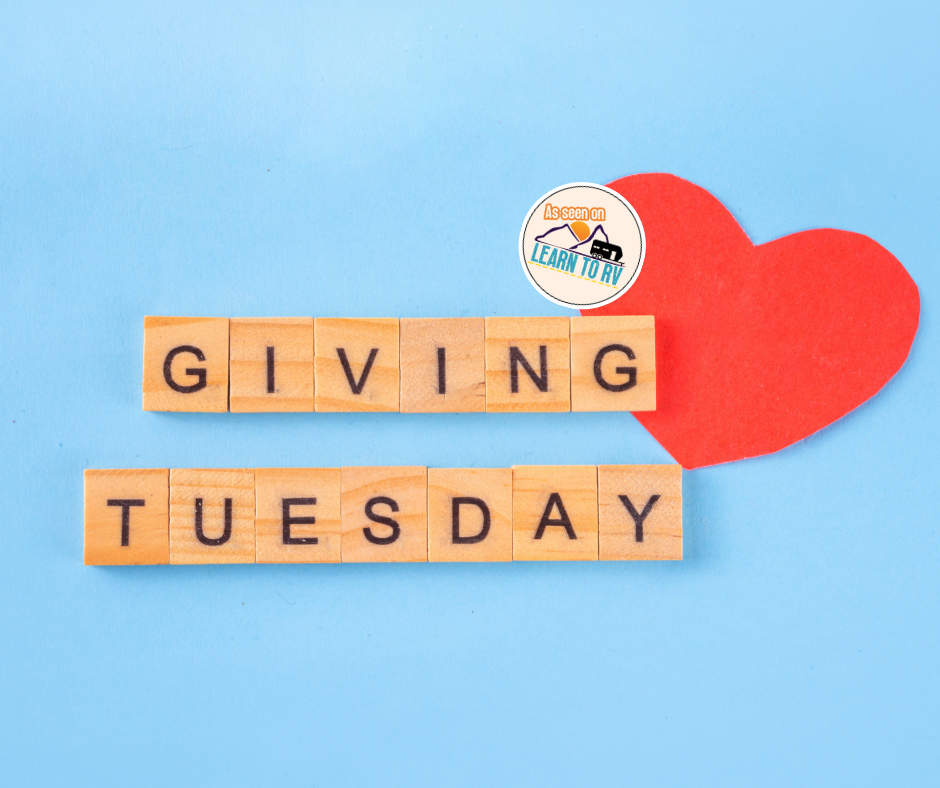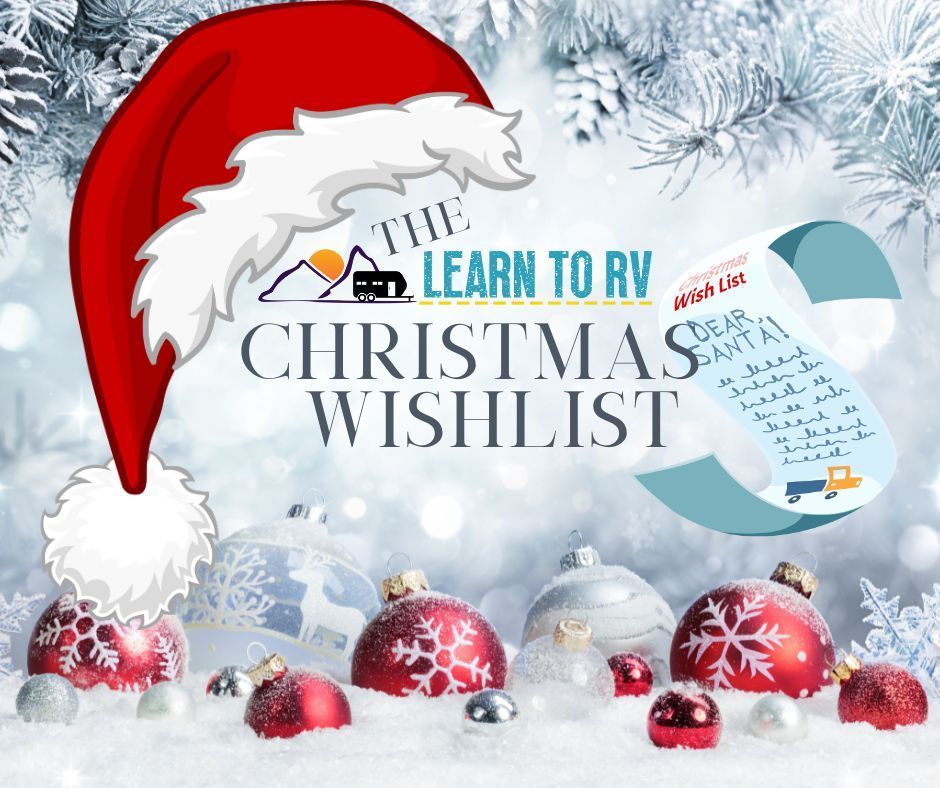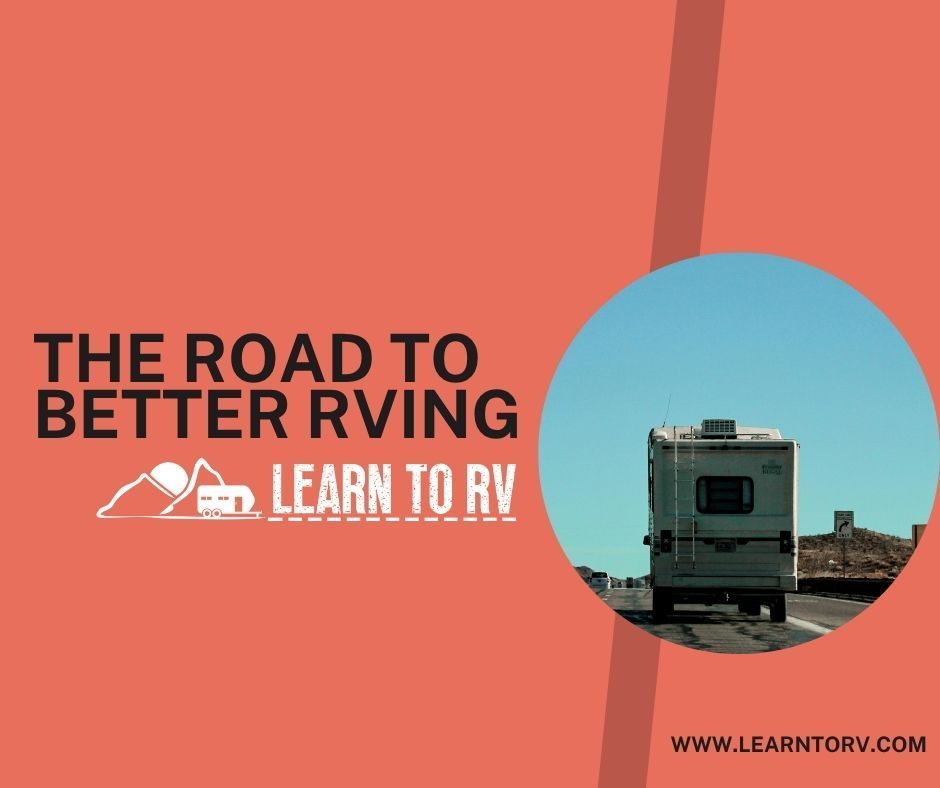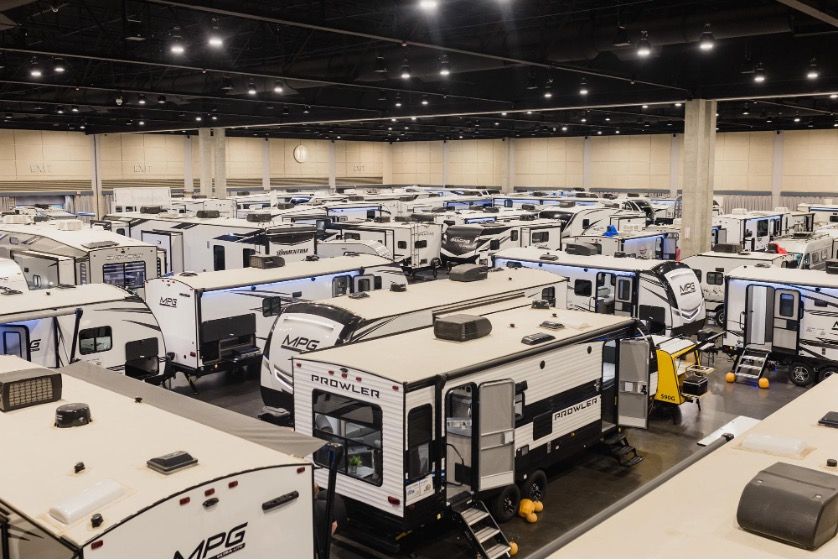Remote Work and Full-Time RVing Part 2: Making Your Work-Well-Work
Tasha Martin • June 5, 2025
Welcome back for part two of our series! If you missed part one, no worries. You can go back and read it here.
When it comes to travel, I’ve always had the itch.
Maybe it came from road trips as a little girl. Perhaps it was all the moving as a kid. Or maybe it’s just my Aquarius sun/Sag moon/Scorpio rising that drives my need for adventure. How ever I got it, as they say, I come by it naturally.
In one of my earliest memories, while Grandma and I made cookies, I told her as soon as I was old enough, I was leaving. Even at that young age, I already knew I had things to see, roads to travel, and people to meet. And that itch never went away. At 18, I moved three hours away from my hometown. Every move after took me further until, now, my home has its own wheels.
Working remotely while full-time RVing is right for me. It blends the freedom I need to wander with the ability to provide for my family. Some days, spending lunch with an ocean or mountain view feels like the perfect life hack. Other days, desperately seeking five strong bars before an important call makes me wonder how long my sanity will hold.

For my family, life on the road is incomparable to traditional living. This lifestyle has provided experiences we’d never have had in a conventional boxed-house setting. Like swimming with manatees for my birthday this year, then heading to New Orleans to show our kids the beautiful Mardi Gras parade floats. Then we packed up and went to see an Alabama waterfall.
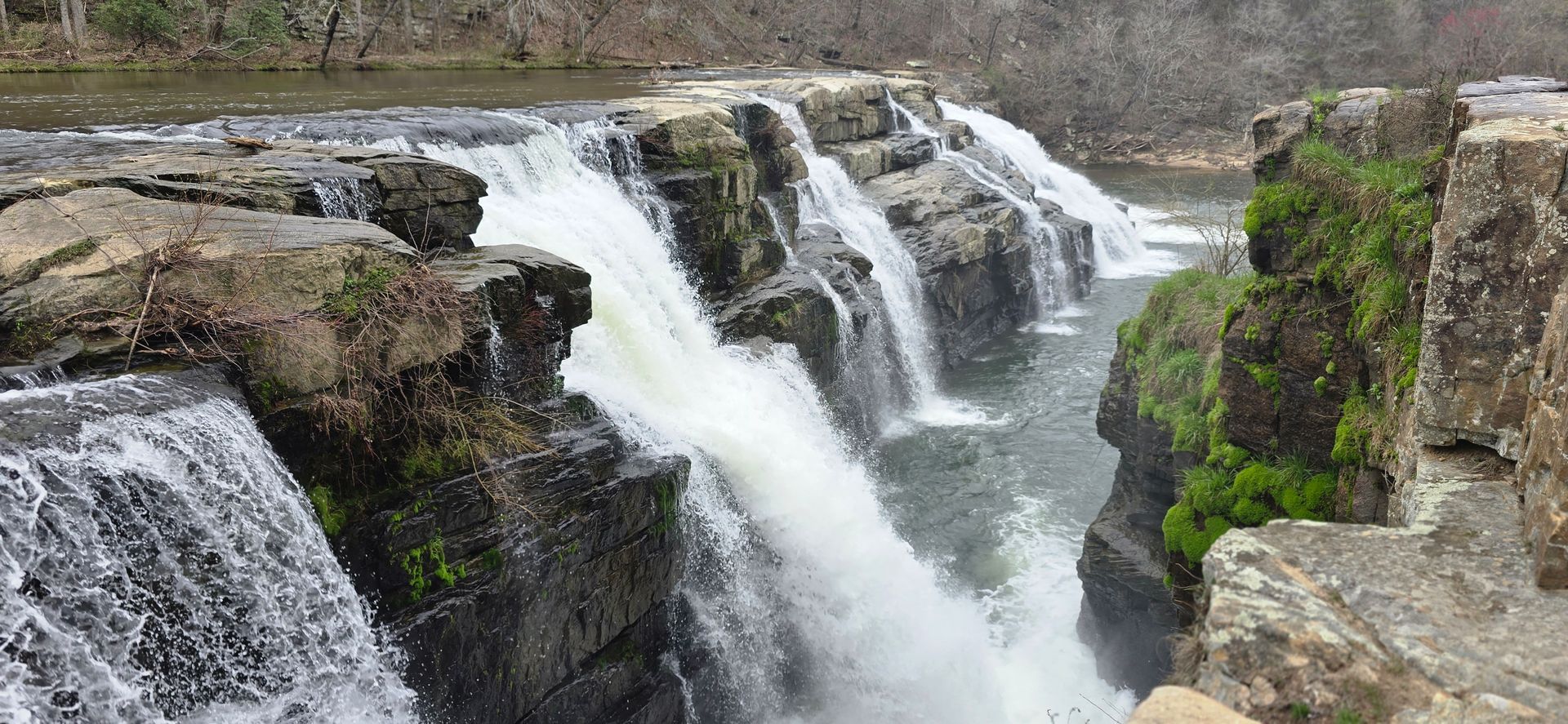
Obsessed With Perfection: The Essentials
Overall, I’m a carefree gal. But I recognize I’m also a bit of a control freak. The hubs landed a real treat. I like the illusion of keeping it loosey-goosey, but that bird needs to be on a well-tied string so I can reign it back in, if necessary. I need a contingency plan for all potential things that can go wrong before I can enjoy myself.
Before we went live on wheels, I did so much research-like on the rig, the lifestyle, the clubs to join or not join, and the equipment needed to make it all work. If you’re considering work from the road, here are my top three must-troubleshoot-beforehands:
1. Connecting the Dots For many jobs, internet connection is essential. Some things have helped us and our RV friends on the move:
· Multiple mobile carriers with hotspot capability: Listen. They all have dead zones—no matter what their pretty little maps say. One day you’ll be camping, and the map will indicate you should have fabulous service (How you doin’, North Carolina?), but you’re going to be connected to a big, fat nothing. When that happens, you’ll be happy you can switch from one carrier to another until you find one that covers the ground you’re sitting on. Here’s a dirty little secret that no carrier wants you to know and absolutely no one we know takes advantage of because that would be wrong: Some home routers can be taken on the road for better, cheaper service than a carrier’s made-for-RV router.
· Cell booster to strengthen weak signals: We bought one. It wasn’t cheap. Then we never used it and gave it away. We’ve met RVers who swear by them. Do your research and make the decision that’s right for you.
· Satellite internet for boondocking and remote areas: We have one. We use it in some parts of the country, like Wyoming, Utah, and Nevada, more than others. A downside: It costs much more than our mobile carriers, so we’re thankful for the option to turn it off and only pay for the activated months. Another downside we’re not crazy about is how big of a diva it is: It wants wide-open sky for a good signal. Tree, mountain, or building coverage can interfere with the satellite’s connection, so we have to choose between shade or internet in the summer?
· Reliable campground Wi-Fi: Sometimes like searching for a needle in a mountain of haystacks, but they do exist! We recently stayed at one with free, weak Wi-Fi. However, they offered boosted Wi-Fi for $5/week that was well worth it. It provided consistent connection, even during intense, RV-rocking storms.
2. It’s Not You, It’s Me I need my space. Even in a small RV, a dedicated workspace with equipment I don’t share with a 17-year-old makes a huge difference. Don’t forget:
· A comfortable, ergonomic setup to support your back.
· Noise-cancelling headphones to improve focus.
· If needed: Webcam, microphone, lighting, additional monitor, and a professional meeting background.
· Consider any other equipment or office supplies.
· Storage solutions to easily transition from work back to play.
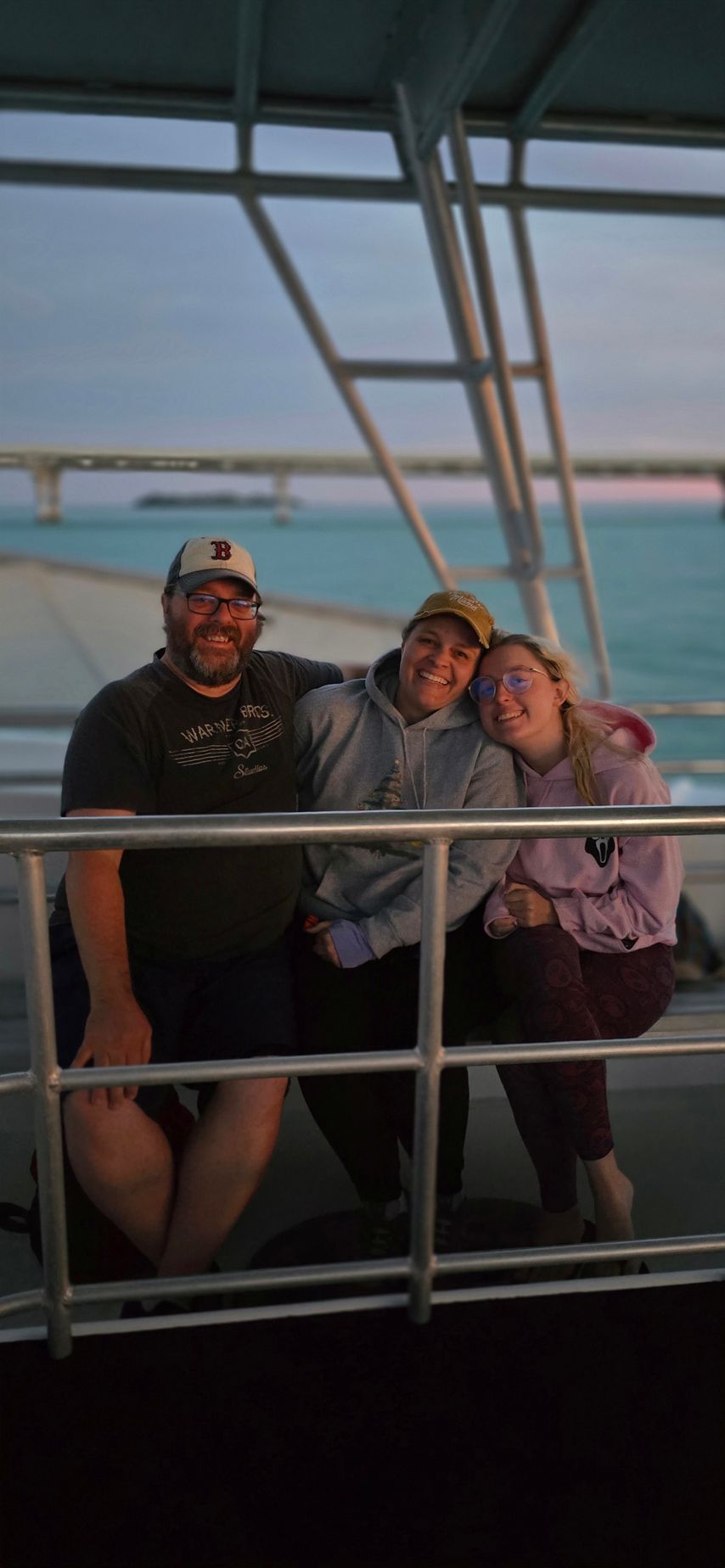
3. Charles Isn’t In Charge. You Are. Unless You’re Charles. Then, Listen Up Your devices need consistent power wherever you camp. With two full-time workers and two students on board, our RV can’t afford blackouts. Like us? You may want to explore reliable options:
· Solar panels to recharge your battery bank.
· Good 30-amp and 50-amp surge protectors (Yes. Both!) to protect your RV’s electrical system when connected to campground pedestals.
· A generator or other backup power options for critical work periods.

You Get a Job! And You Get a Job! And YOU Get a Job!: Options for RVers
Working from an RV requires equipment, but honestly, that was my least concerning issue. My looming question was: What will I even do on the road? That may be your big question, too. I’ve been surprised to learn how many opportunities there really are for nomads.
- Remote Work As a healthcare copywriter, I appreciate my job’s structure, steady income, and benefits. However, it comes with limited schedule flexibility, and I must work according to my employer’s time zone, regardless of where I am. Once, my friends went to a pop-up sale at the beach while I was chained to my desk. Figuratively, of course, but it felt literal.
- Freelance Work Being your own boss offers location and schedule flexibility, but comes with the challenges of an inconsistent income and the responsibilities of sourcing clients and self-managing your benefits and taxes.
- Contract Work Somewhere between remote and freelance, the right contract provides fixed-term stability and higher pay. Beware, though: These often don’t offer benefits, and you still hustle for your next client.
- Alternative Work Maybe none of these options are for you. That’s okay! I promise there’s something for everyone, even teens. Try:
o Work Camping Trade part-time campground work for free/reduced campsites + potential hourly pay. Our friends hop parks every season. They take a couple of months off in the summer for “vacation,” using their work camping earnings for spending cash.
o Camp Hosting Manage campgrounds for compensation and free/reduced campsites. My friend and her hubs are state park hosts. They love it. During off-seasons, they attend rallies and visit family and friends.
o Seasonal Jobs National parks, tourist destinations, seasonal farmwork, amusement parks. You’ve probably heard of sugar beets. But what about seasonal resorts? Many beef up staff during busy seasons and allow nomadic employees to park on-site. RV shows are a good way to find these opportunities.
o Mobile Services Offer other nomads the services we need, like salon work, pet grooming, tech support, tutoring, child or pet sitting, or auto/RV detailing. Do you know how long it’s been since my hair was done? What year is it?
o Mobile RV Repair or Inspections Run a business! Provide certified services like tank cleaning or pre-purchase inspections. Our friends own RV Roofing Solutions and travel the country installing amazing acrylic RV roofs that never need caulked again. Um, yes. You read that right! Never. Again. We have one. It rocks! They’re full-time RVers passionate about helping other full-time RVers stay on the road.
o Creative Goods Got a computer? An oven? Really pretty thread? Create and sell goods at camp stores, farmer’s markets, and craft fairs. My talented friend designs and crafts merchandise (t-shirts, magnets, ornaments, mugs, etc.) from her toy hauler’s craft room/office. She has contracts with different campgrounds she’s visited, and they submit an order when inventories run low. I met a couple who bakes beautiful artisan sourdough in their RV. They take online orders Tuesday through Thursday, bake over the weekend, and deliver on Mondays. At our last park, we met a family with a “Dirty Soda” stand. They sell delicious, dressed-up flavored cream sodas every Friday at lunch. They’re making bank.
o Content Creation Got something to share? Get started with your smartphone. Start a travel vlog, podcast, or sell your travel photos.
o
Virtual Internships
Some companies offer virtual, paid internships. This is a great opportunity for teens to get workforce experience and build skills from the road.
When you’re looking, remember that some fields lend themselves to a mobile lifestyle and may help you hit the road sooner than you imagine:
- Writing and content creation
- Graphic design
- Web development and programming
- Digital marketing
- Telemedicine and telehealth
- Customer service
- Virtual assistance
- Online teaching/tutoring
- Accounting/bookkeeping
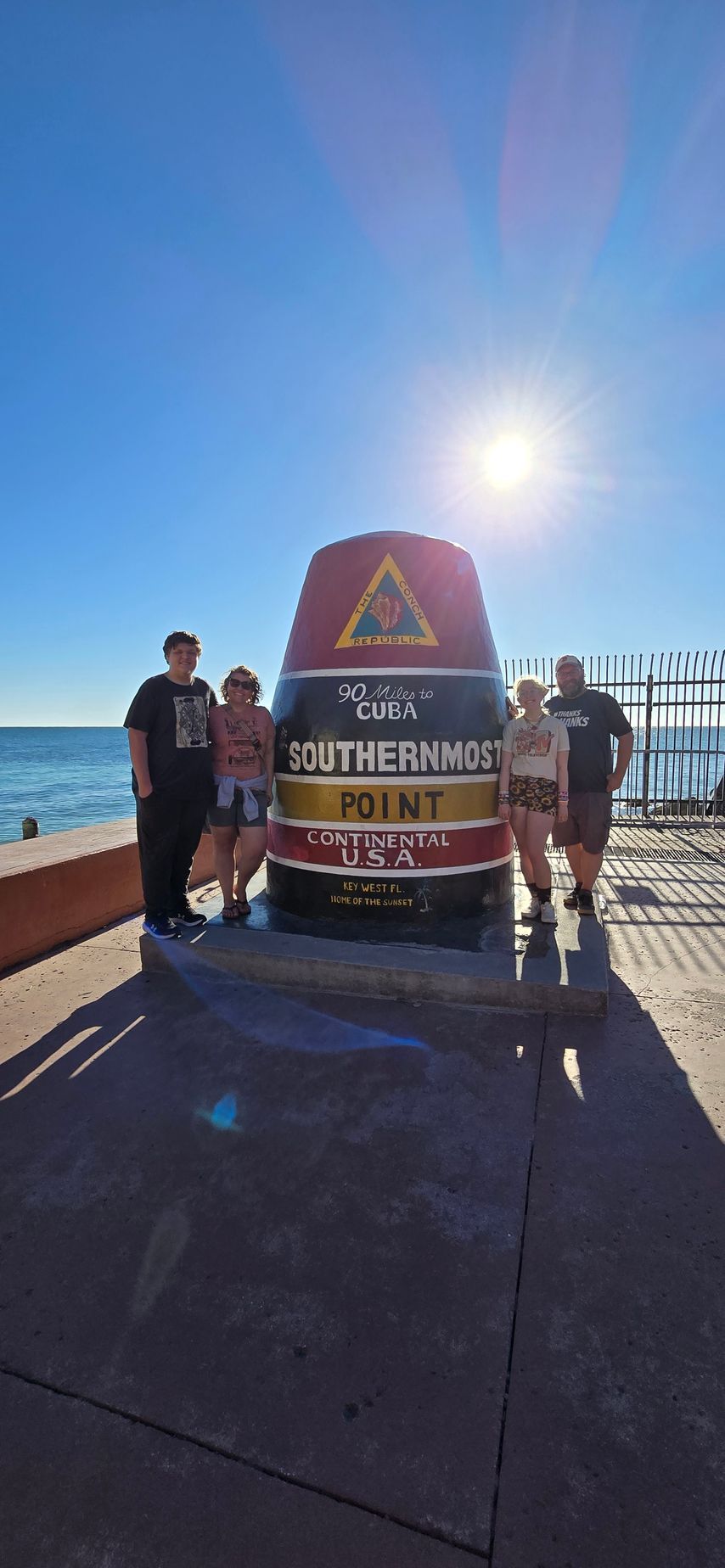
Goldilocks Is About This Lifestyle
Before we go, let’s recap some tips from this two-part series that can help you launch successfully:
· Talk with your employer about remote possibilities.
· Do a trial run in a rented RV.
· Research what equipment and space best suit your needs.
· Connect with other remote-working RVers.
· Dream outside of the box—after all, isn’t that what it’s all about? Getting out of the box?
By keeping my 9-5, I benefit from a steady paycheck, reliable hours, and full benefits while exploring our beautiful country. But there are so many ways to do this life. What works for me might not work for you. So, try a few things, and pick the one that’s just right for you. What’s the worst thing that can happen? You decide it's not for you and return to traditional boxed-house life with unforgettable memories and some remarkable stories to tell. Sounds like a win-win to me.
Have questions about making remote work happen on the road? Drop them in the comments below. I'm always happy to help fellow nomads make this lifestyle work for them!
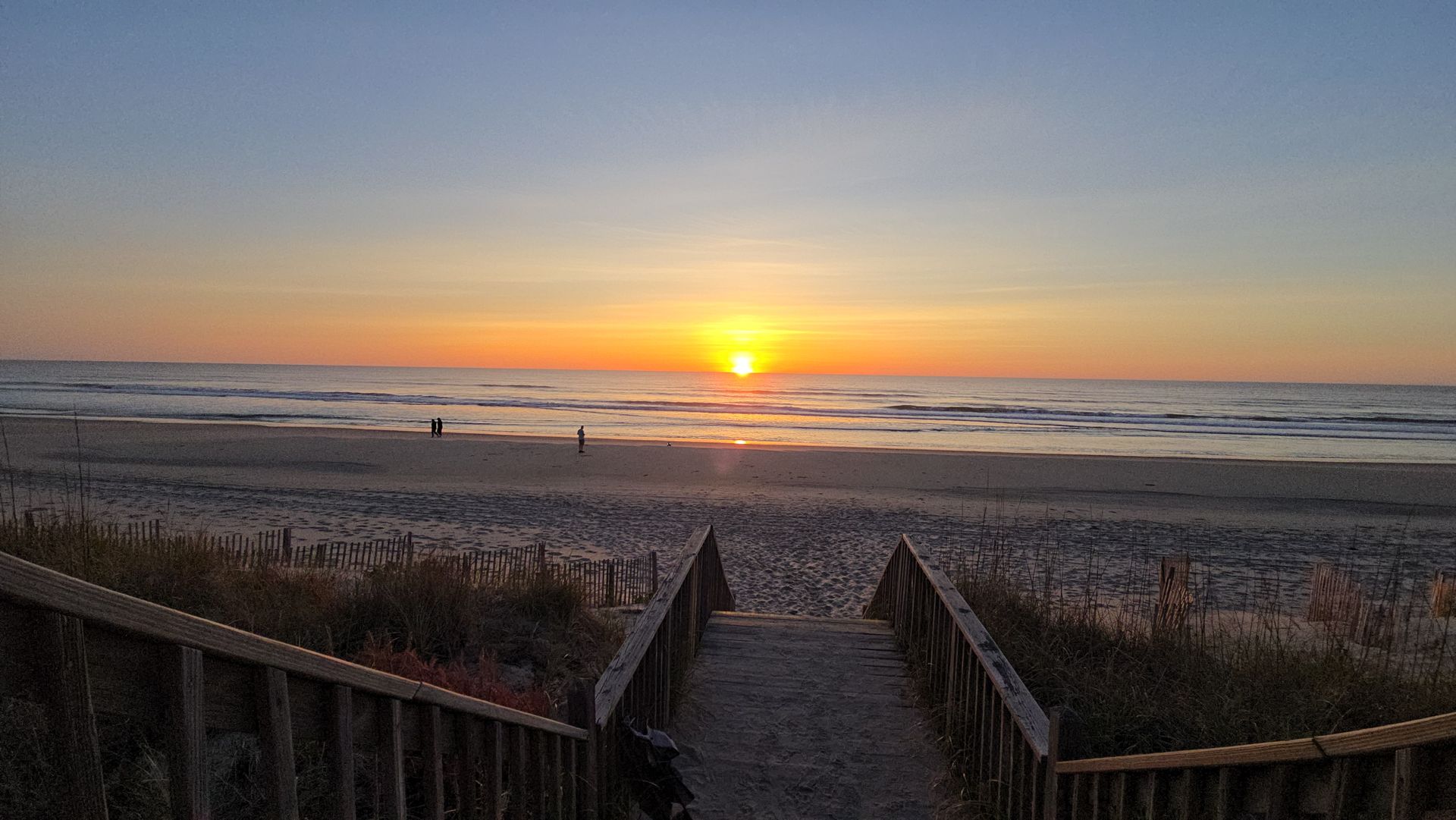
Tasha is a senior copywriter who has been full-time RVing with her awesome family since 2023. When not crafting content, she’s exploring beaches, mountainside towns, and national parks, sampling local coffee shops, and searching for the perfect campsite. It must have both a magnificent view and an infallible internet connection.
Other blogs you might like...
